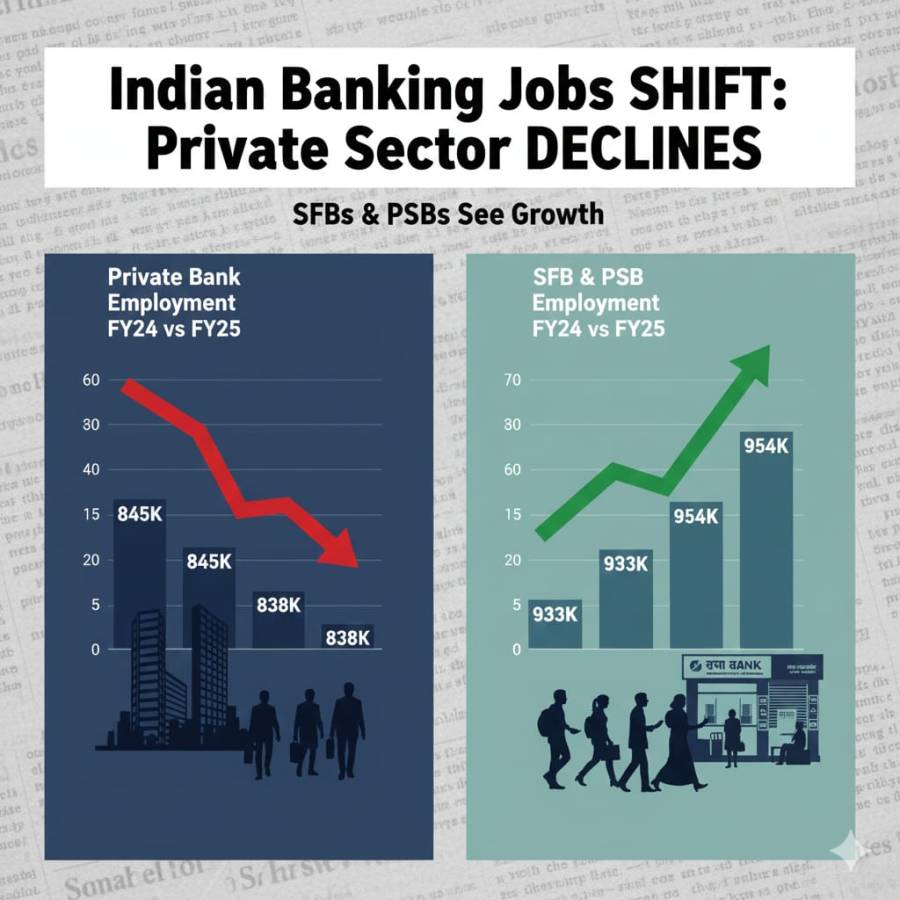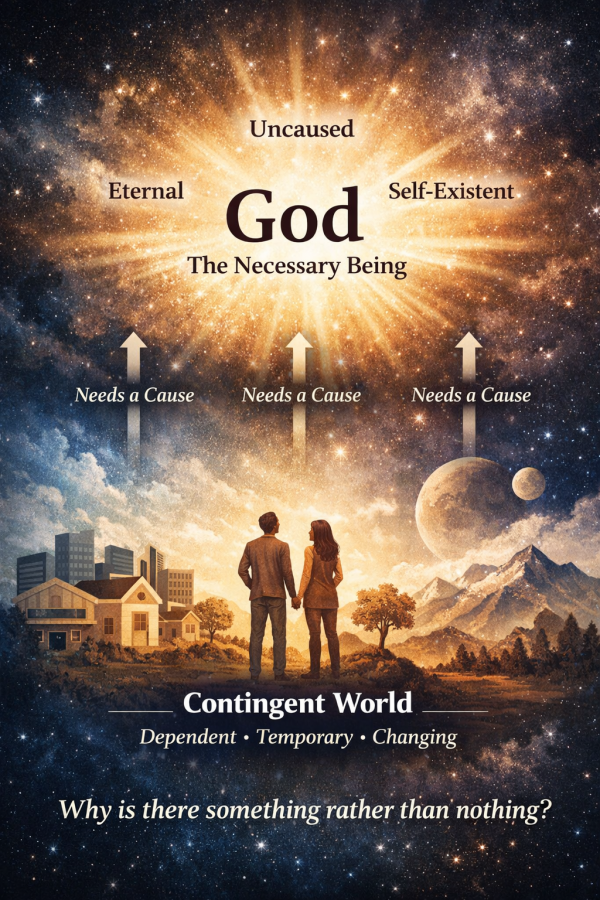.jpeg)
In 2024, the United States saw its fertility rate drop to a historic low, with fewer than 1.6 children being born per woman. This figure was confirmed by the Centers for Disease Control and Prevention, which collects data on births every year. According to the report, the exact rate for 2024 was 1.599 children per woman. This marks the lowest recorded rate in American history and continues a long-term decline that has been ongoing for the past two decades.
Fertility rate refers to the average number of children a woman is expected to have during her lifetime. For a population to maintain its size from generation to generation, a fertility rate of about 2.1 is needed. This is known as the replacement rate. The United States once had this level, especially after World War II during the Baby Boom era. In the early 1960s, the fertility rate was close to 3.5. But over the years, it has dropped significantly. By 1976, it had fallen to 1.7 and although there was a slight increase in the early 2000s, the numbers have never fully recovered.
Experts believe that one of the main reasons behind this decline is that more women in the US are waiting longer to have children or choosing not to have children at all. Social and economic factors play a huge role in this trend. For example, people are marrying later in life and many worry about their ability to provide a stable life for their future children. Health insurance, affordable housing, access to quality childcare and job security are just a few of the concerns that young couples face today.
Karen Guzzo, director of the Carolina Population Center at the University of North Carolina, points out that "worry is not a good moment to have kids." She explains that birth rates among most age groups are not improving because the larger problems in society have not been addressed. Many families simply do not feel supported enough to bring children into the world.
In response to these challenges, past governments have attempted various measures. The Trump administration tried to introduce policies that would encourage higher birth rates. These included expanding access to fertility services and offering tax incentives to families. However, critics like Karen Guzzo argue that such steps were mostly symbolic and failed to address the bigger issues such as the cost of raising a child, the need for paid parental leave and the importance of affordable healthcare.
Leslie Root, a population researcher at the University of Colorado Boulder, says there is no reason to panic. She believes that the US population is still growing and the country still experiences more births than deaths. She describes the falling fertility rate as part of a larger trend called fertility delay. This means that women are choosing to have children later in life, not necessarily deciding against it altogether.
Interestingly, the new report from the CDC also found a small increase in the total number of births in 2024. There were about 33,000 more births compared to the previous year. This might seem like good news, but the rise is not enough to reverse the overall trend of declining fertility.
Globally, the United States now matches fertility patterns seen in many European countries. For example, nations in western Europe also report fertility rates under the replacement level. This suggests that the issue is not limited to the US alone. It is a sign of a changing world where having fewer children is becoming more common.
The future of the US population will depend on how these trends develop in the coming years. Policymakers will need to think carefully about how to support families. This includes improving access to healthcare, offering better childcare options and creating jobs that provide financial security.
In short, the record-low fertility rate in 2024 is not just a number. It reflects deeper concerns about the quality of life and the challenges faced by modern families. Understanding this can help us create a society where starting a family is not seen as a burden but a choice supported by the right conditions.





















